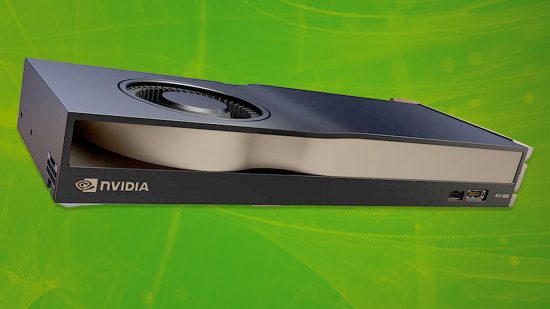NVIDIA RT Cores: Accelerating Real-Time Ray Tracing
Friday, April 26, 2024
Let’s dive into NVIDIA RT Cores and explore their significance in real-time ray tracing. 🌟
NVIDIA RT Cores: Accelerating Real-Time Ray Tracing
Ray tracing is a rendering technique that simulates the physical behavior of light, resulting in more realistic and visually stunning graphics. NVIDIA has been at the forefront of real-time ray tracing, and their RTX GPUs have revolutionized the gaming and content creation industries.
NVIDIA GeForce RTX GPUs Sale on Amazon
Here’s what you need to know about NVIDIA RT Cores:
-
What Are RT Cores?
- RT Cores are specialized hardware components within NVIDIA GPUs (such as the GeForce RTX series) designed specifically for real-time ray tracing.
- These cores accelerate ray-triangle intersection calculations, which are essential for tracing rays of light as they interact with 3D objects in a scene.
-
First-Ever Real-Time Ray Tracing GPU
- NVIDIA RTX GPUs were the first to introduce real-time ray tracing capabilities.
- Powered by RT Cores, these GPUs enable game developers and artists to create lifelike lighting, reflections, and shadows without compromising performance.
-
Integration into Development Pipelines
- RT Cores seamlessly fit into existing development pipelines.
- Game engines and content creation tools can leverage ray tracing without major overhauls, making it easier for developers to adopt this technology.
-
Additional Ray Tracing Technologies
- NVIDIA offers several ray tracing technologies beyond RT Cores:
- RTX Path Tracing (RTXPT): A reference path tracer that ensures physically accurate lighting in real time. Developers can integrate it directly into their game engines.
- RTX Global Illumination (RTXGI): Powers infinite bounce lighting without bake times or expensive per-frame costs.
- RTX Dynamic Illumination (RTXDI): Generates millions of dynamic lights, fully ray traced, even in complex scenes.
- NVIDIA offers several ray tracing technologies beyond RT Cores:
-
Deep Learning Super Sampling (DLSS)
- DLSS uses AI to create higher-resolution frames through image reconstruction while maintaining image quality and responsiveness.
- It’s a game-changer for performance-hungry applications.
-
Real-Time Denoisers
- NVIDIA Real-Time Denoisers (NRD) enhance ray-traced scenes by providing high-quality denoising.
- Even with limited ray-per-pixel counts, scenes benefit from crisp, denoised images.
In summary, NVIDIA RT Cores have transformed real-time ray tracing, allowing developers and artists to create breathtaking visuals. Whether you’re a gamer, a content creator, or a developer, these cores play a crucial role in shaping the future of graphics. 🚀
For more information, you can explore NVIDIA’s official RTX Ray Tracing page. Additionally, TensorRT-optimized models and demos are available on the NVIDIA Developer website.
Happy ray tracing! ✨
